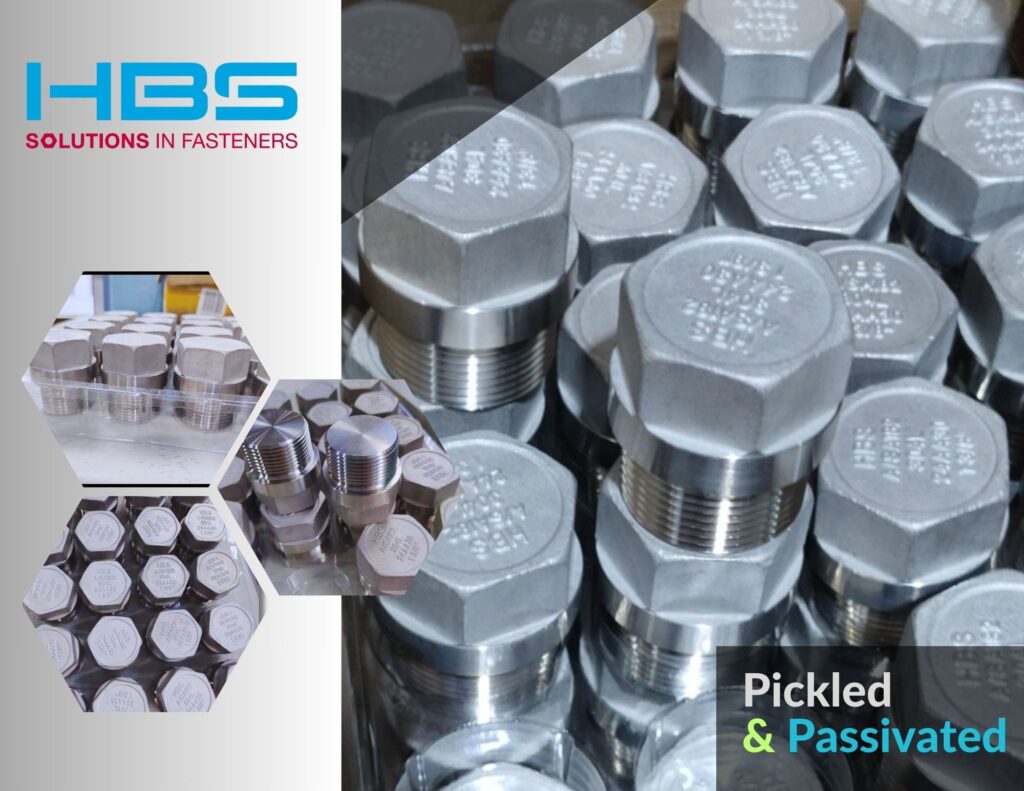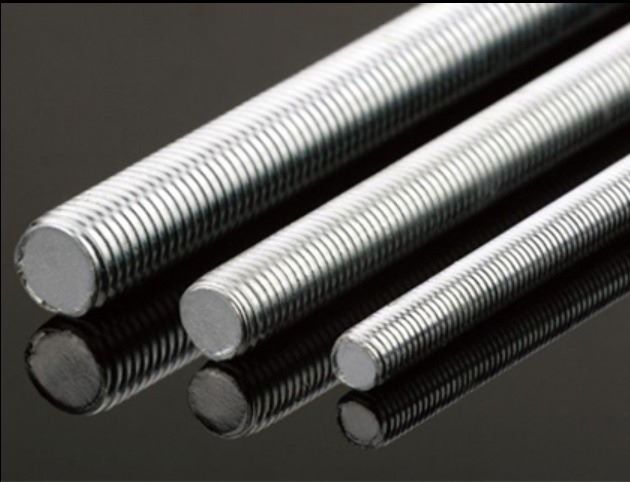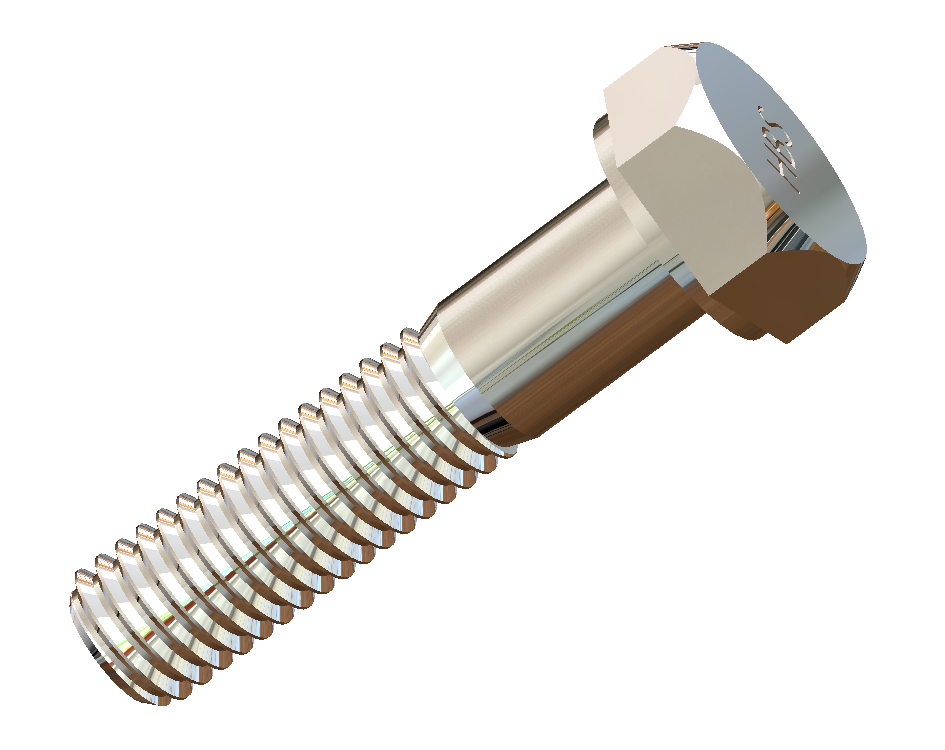Pickling and Passivation: Spotless surface and weatherproof coating for stainless-steel fasteners.
A suitable surface treatment is crucial to guaranteeing the performance and lifespan of fasteners. Two popular techniques for this are passivation and pickling. We’ll go into pickling and passivation’s definitions, advantages, and reasons for being essential to the longevity of fasteners in this blog post.
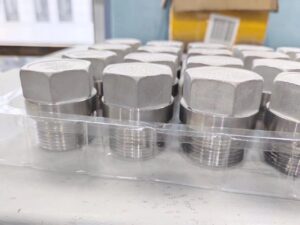
What is Pickling?
Pickling is a chemical procedure that is used to clean metal surfaces of pollutants, oxides, and scales. Pickling fasteners is submerging them in a solution that usually contains acids, like sulfuric or hydrochloric acid. The surface is thoroughly cleaned during this process, readying it for further coatings or treatments.
Chromium reacts with airborne oxygen to generate a protective layer that is gradually applied to the surface of stainless steel during the passivation process. For machinery utilized in a variety of industries, including the processing of cannabis, food, beverage, dairy, and pharmaceutical industries, this passive layer is quite helpful. This invisible layer of defense, which is only a few molecules thick, serves as a barrier to keep moisture and oxygen from penetrating the iron underneath. In the absence of this barrier, the iron would rust and oxidize, turning an unfavorable yellow, orange, or red color. Because rust weakens steel and causes it to flake more easily, there is a risk of contamination and safety issues.
The Advantages of Pickling Laces
- Removal of Surface Contaminants: Pickling leaves the substrate clean for a subsequent coating or treatment by removing surface impurities including dirt, rust, and scale.
- Better Corrosion Resistance: Pickling improves fasteners’ corrosion resistance by eliminating surface oxides and impurities, extending their life in corrosive conditions.
- Improved Adhesion: Pickling leaves a clean surface that helps passivation treatments or future coatings adhere better, maintaining their efficacy and longevity.
- Surface Restoration: By eliminating stains and discolorations brought on by oxidation or other surface flaws, pickling can also aid in returning fasteners to their former appearance.
What is Passivation?
By creating a protective oxide layer, the chemical process of passivation improves the corrosion resistance of metal surfaces, especially those made of stainless steel. Immersing fasteners in a solution containing oxidizing agents, like citric or nitric acid, is the standard method of passivation. This procedure encourages the development of a passive oxide layer, which serves as a corrosion-resistant barrier.
Why Passivation of Stainless Steel is done?
A crucial aspect of providing corrosion resistance to stainless steel surfaces is the passive film that is present on them. Despite its thinness, this film is steady, consistent, and persistent. It is comparable to the passivity that noble or inert metals are known for. This passive layer is responsible for the remarkable corrosion resistance of stainless steel.
Products made of stainless steel may get surface contamination from free iron during the manufacturing process. The steel cutting, stamping, and shaping instruments used in production are the source of this iron pollution.
Furthermore, free iron may be introduced onto the surface of stainless-steel during polishing or blasting procedures that share media with mild steel and corrosion-resistant steel grades. Rust is evident on the product’s surface due to oxidation caused by the presence of free iron.
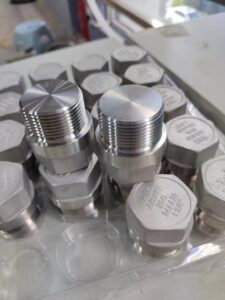
Benefits of Passivation Fasteners
- Formation of Protective Oxide Layer: Passivation creates a passive oxide layer on the surface of fasteners, providing an additional barrier against corrosion and environmental damage.
- Improved Aesthetic Appearance: Passivation restores the natural luster and appearance of stainless-steel fasteners, enhancing their aesthetic appeal and value.
- Enhanced Chemical Resistance: The passive oxide layer formed during passivation improves the chemical resistance of fasteners, making them more resistant to acids, alkalis, and other corrosive substances.
- Extended Service Life: By reducing the risk of corrosion and surface degradation, passivation helps prolong the service life of fasteners, saving time and costs associated with maintenance and replacement.
Difference between pickling and passivation
Pickling is a technique used to remove contaminants from metal surfaces. You can use pickle liquor for this. As a result, it shields a metal surface from impurities. The process of passivation, which involves covering the metal surfaces with an oxide coating, renders a material “passive” to corrosion.

Pickling is most effective on metals that already have heat tint, weld discoloration, and oxides; on the other hand, passivation accelerates the formation of the oxide layer that gives the surface of stainless steel its corrosion resistance. For the pickling to be successful, the metal must also be clean and free of oils and grease.
When pickling stainless steel, chemical solutions are used that are significantly more abrasive than when passivating it with acids. For pickling, it uses a mixture of hydrofluoric and nitric acids. The acids used in passivation are citric or nitric acid.
The pickling procedure causes more modifications to the metal’s surface. Pickling is a good way to get rid of surface rust and the discoloration that results from welding metal. Generally speaking, passivation doesn’t go below the metal’s surface. Nor are the properties of the metal changed.
The pickling process eliminated a thin layer of metal from the surface. Acid-based passivation leaves the surface free of any metal.
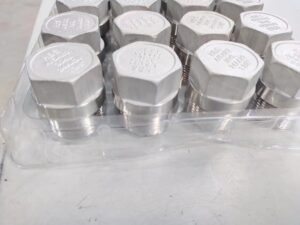
Pickling removes surface iron pollution, heat tint, and weld scaling. After pickling, the metal is chemically micro-etched to produce a uniformly dull and matte gray surface. Passivation, on the other hand, merely removes free iron pollution from the surface of stainless steel.
Especially in hostile or corrosive situations, pickling, and passivation are crucial procedures for guaranteeing the corrosion resistance, longevity, and attractive look of fasteners. Through the efficient elimination of surface contaminants and the encouragement of the development of shielding oxide coatings, these procedures serve to optimize the functionality and durability of fasteners, culminating in reduced expenses and enhanced dependability.

